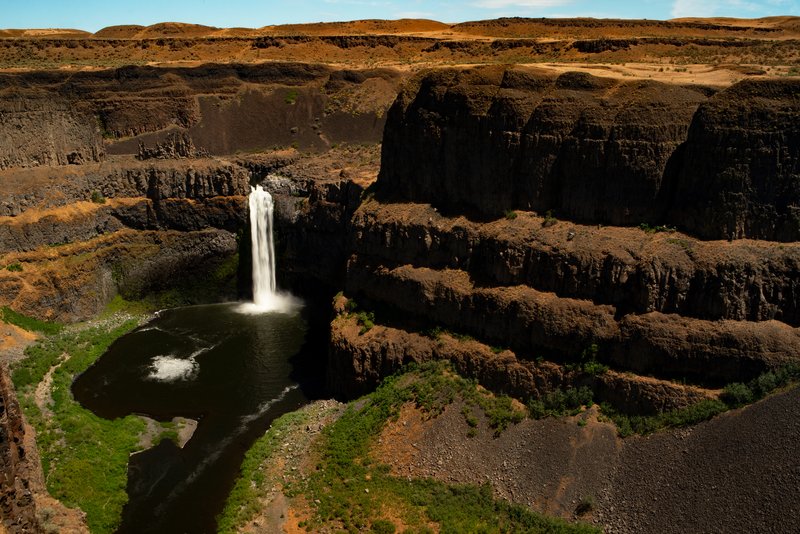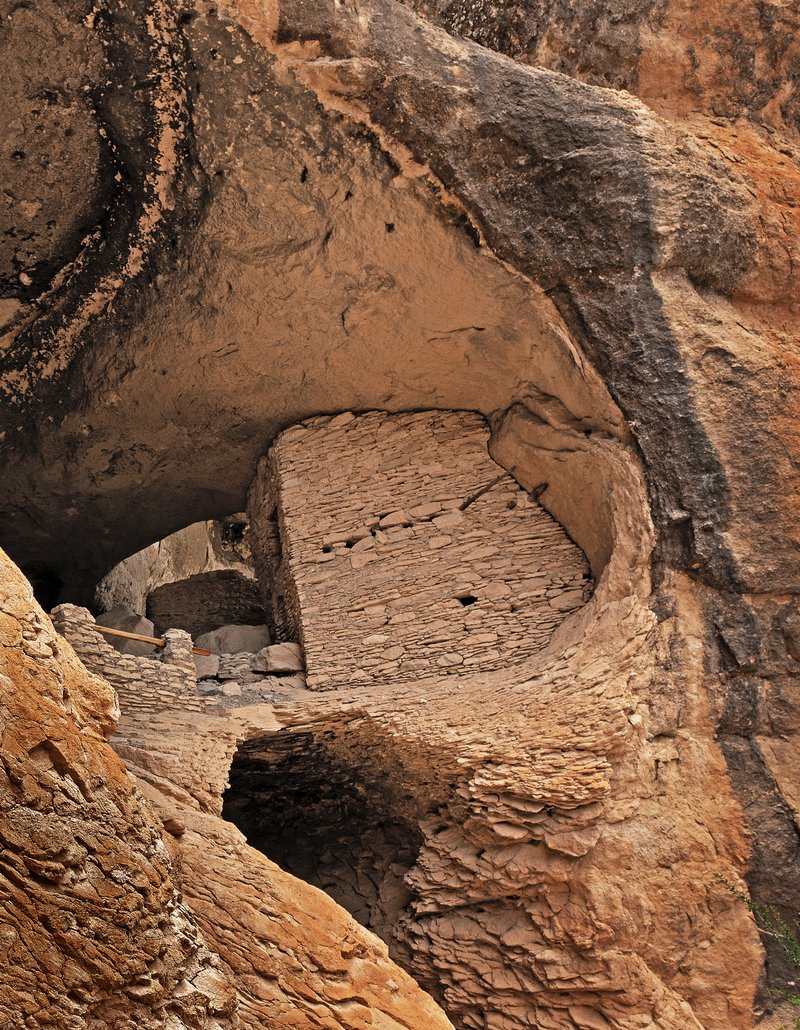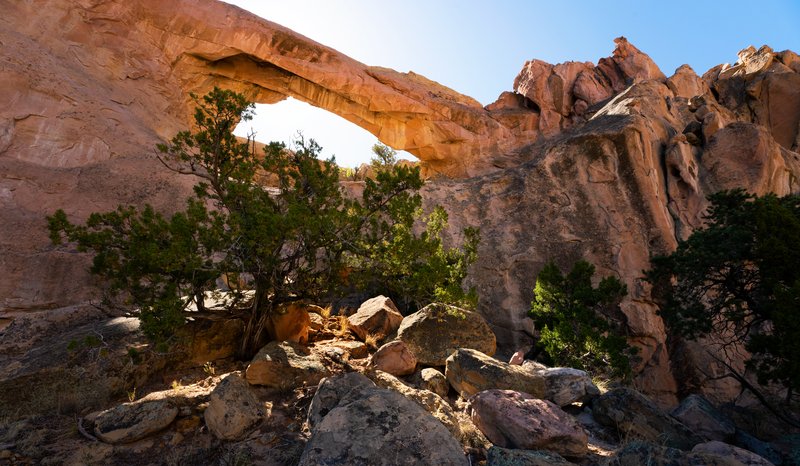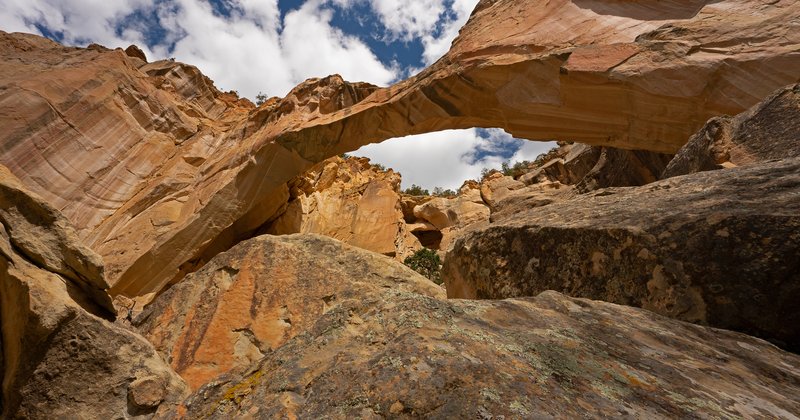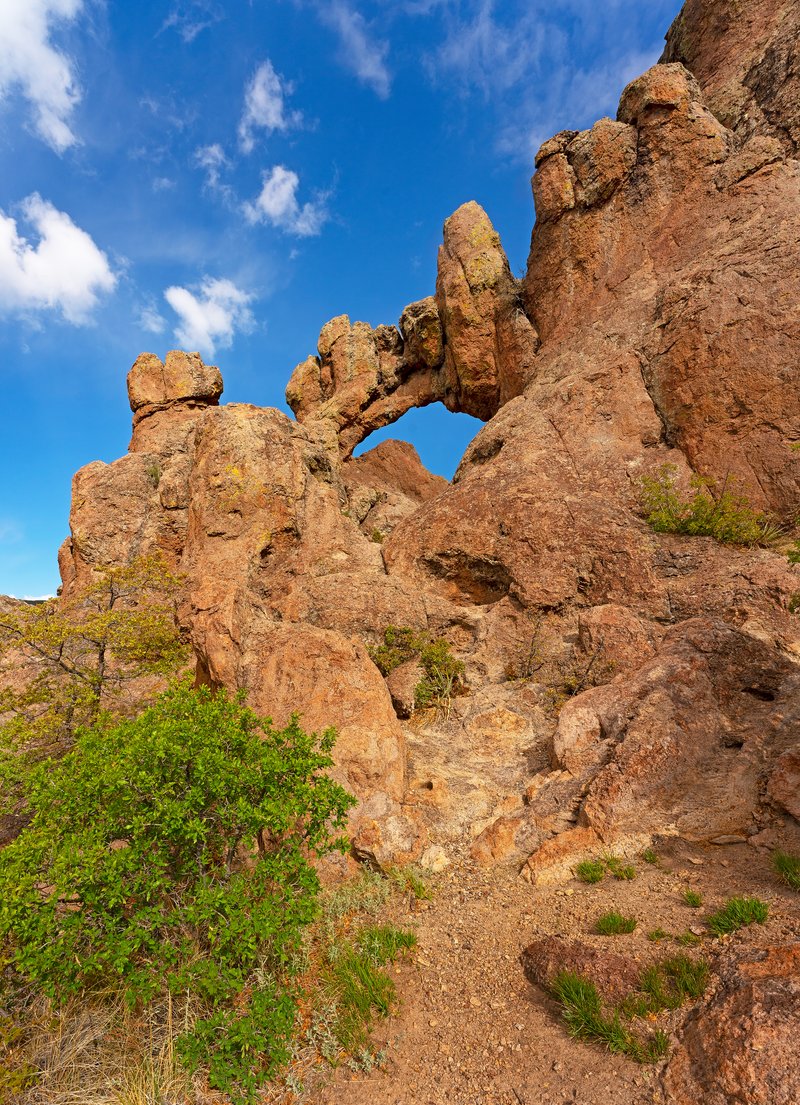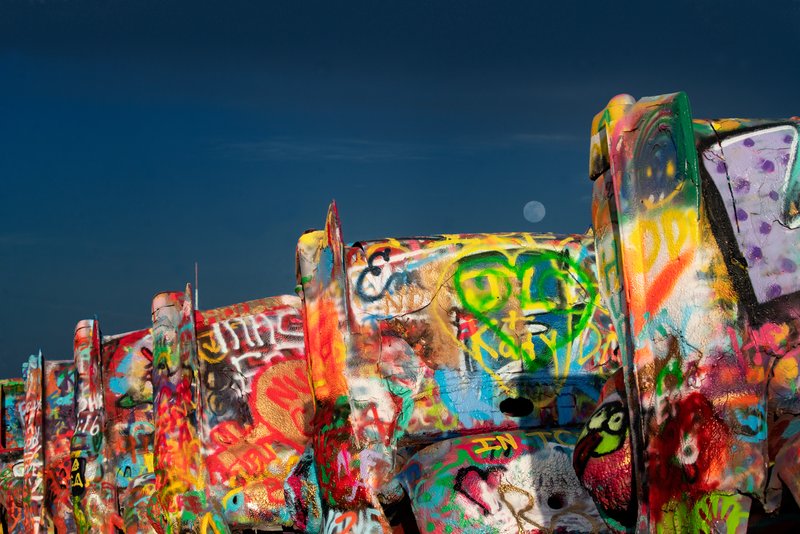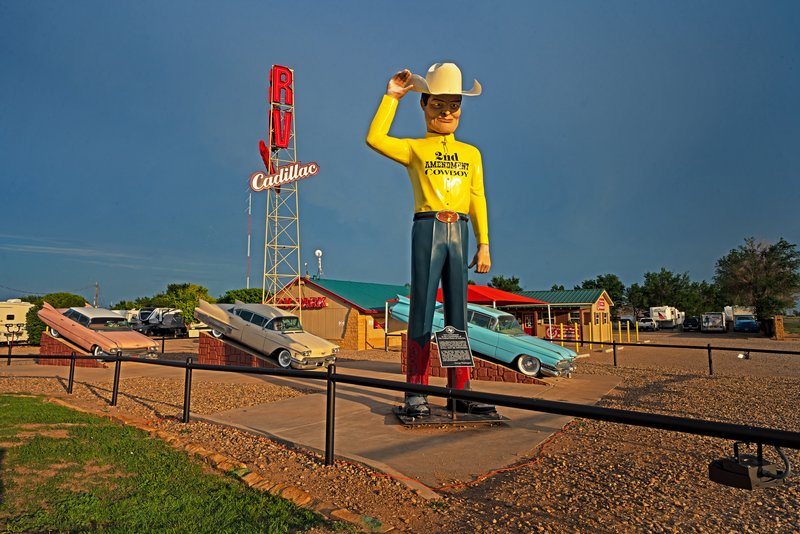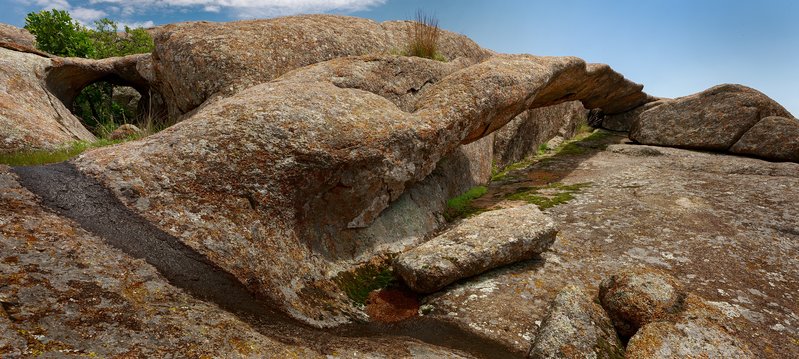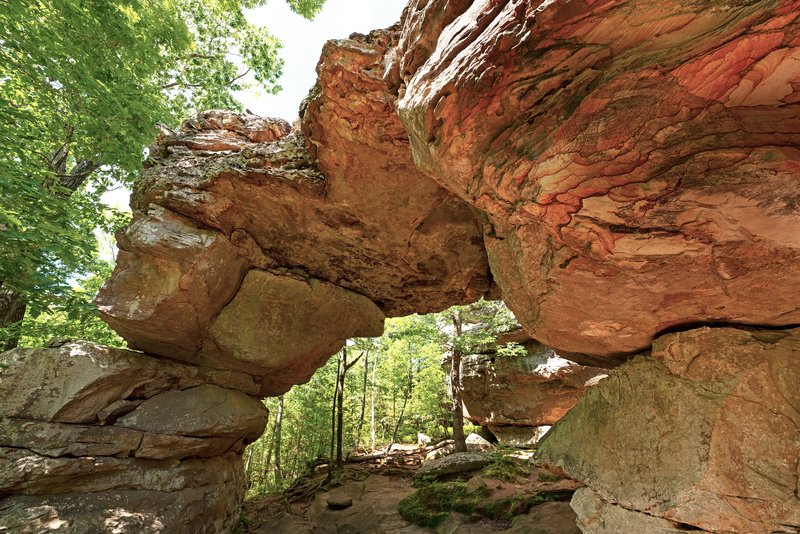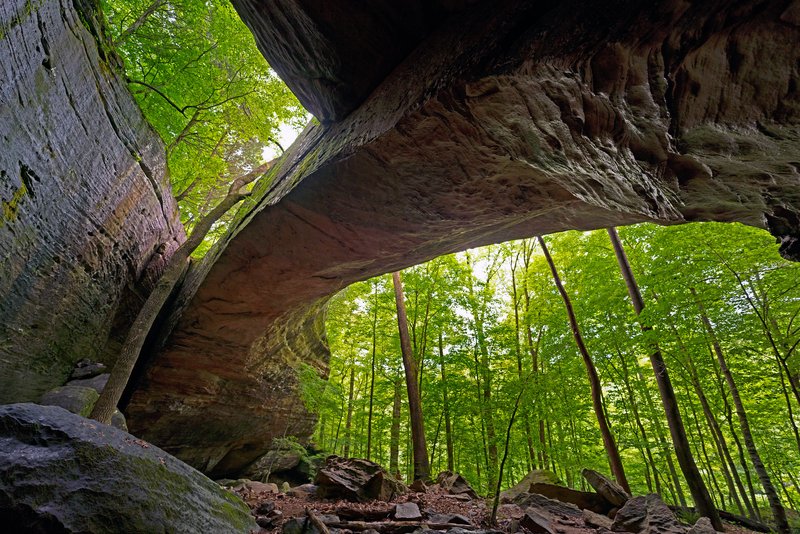Running On Empty, Summer 2021
Every place featured in this gallery is readily accessible to travelers. You need a permit to access Tall Trees Grove, but otherwise you can easily visit all of these sites.
Running on Empty, Summer 2021
In early May, after finishing my 18-month contract working with a truly great team of colleagues at the Mary Lou Fulton Teachers College and the Herberger Institute for Design and the Arts at Arizona State University (https://pi.education.asu.edu/), we wrapped our lone house plant in a suffocating plastic bag (not believing it would actually survive), raised the thermostats, figured out a workaround to the Postal Service’s absurd policy of only holding mail for 30 days, packed the car and headed to Gila Cliff Dwelling National Monument, NM, the first of more than 60 filming locations in 18 states listed on our 24-page, two-month itinerary.
Both of my previous "retirements" were in name only. The first lasted a couple of days and the second a couple of months, but both times I knew I'd be working again, just someplace new. This one was different. My days of worrying about syllabi, budget cuts, enrollment declines, projects and thesis committees were over. I didn't have to check in with editors and worry about deadlines. And I didn't have to keep and record every receipt, document my mileage or worry about staying in only pre-approved lodging in order to stay under my day rate. Yes, this was different.
The length and quick moving nature of the trip was intentional and transitional. Nobody ever prepares you for retirement. Within a moment, you are persona non grata. You are removed from listservs and email threads, you no longer have access to intranets, you turn in your keys and your name is removed from an office door in a building you can no longer access after hours. You have to figure out a new way to define yourself. My first full-time job in academe began in January 1978 and I had been a tenured professor since 1982. Now, I was a retiree. Yes, the road was a necessary diversion and at times, I, like the car, was running on empty.
For the second straight summer, we scrapped our plans for travel to Europe and Asia due to the ongoing pandemic, but unlike in 2020 much of the U.S. was open and we were confident that with due caution, we could openly interact with other vaccinated colleagues, friends and relatives and access most of our intended locales. That turned out to be overly optimistic as most Native lands were still closed, many National Park and Monument sites had limited access, and past and current wildfires, landslides and the extreme heat of human-caused climate change limited our access and activities throughout the trip.
We did manage to spend quality time with more than 35 friends and relatives, some of whom we had not seen in more than a decade, gather more than 20 new refrigerator magnets to add to the wall of magnets that now covers more than 22 square feet of our kitchen and film in about 45 locations. We experienced temperatures ranging from 106º on the Olympic Peninsula (where it was so hot in our hotel room one night that we left the mini-refrigerator door open to help lower the room temperature into the mid-80s) to 38º in Paradise, WA on the slopes of Mt. Rainier (where the trails were still covered with eight feet of snow in early July and a stubborn thick fog settled in the evening we arrived and only lifted the morning we left). My retirement plan on how to avoid the worst of Tucson’s triple-digit summer heat obviously still needs some refining.
Our route included stops in New Mexico, Texas, Oklahoma, Arkansas, Missouri, Illinois, Wisconsin, Michigan, Minnesota, South Dakota, Wyoming, Colorado, Idaho, Washington, Oregon, Nevada and California before returning to Arizona. A majority of the time was spent at elevation in the Pacific Northwest, but I needed to pick up a few things that my brother was storing for me, thus the route via Wisconsin. Our route was not determined by the shortest distances between any two points, but rather on waypoints for natural arches, waterfalls, friends and relatives, classic hikes, location scouting and unfulfilled bucket list locations.
More than four decades ago, one of my first long-term assignments as a photographer was documenting lighthouses and lighthouse keepers along the Atlantic coast for a large anniversary exhibit. Natural arches and waterfalls are a lot like lighthouses. A lighthouse is a tower with a light on top of it, a natural arch is a rock with a hole in it and a waterfall is falling water. All are usually in beautiful locations. All require the right light and composition to come to life. Lighthouses are usually pretty easy to access, but many waterfalls and natural arches are not and the adventure is a large part of the experience and the fun. Waterfalls are usually pretty easy to find. They are well documented and you can hear them, often miles away. Natural arches are silent and secluded. Even with extensive research, you often only have a distant photograph and incorrect GPS coordinates to help guide you. As I am often distant and secluded, we get along well. You'll likely get bored looking at too many photographs of natural arches and waterfalls in the slide shows that follow, but if you can imagine the adventure, you'll understand. Pick out a few that you like and add them to an upcoming itinerary.
As is usually the case, a vast majority of scheduled shooting locations were far from the blue sections of the political map. When Hillary Clinton defined her “basket of deplorables” to include the “racist, sexist, homophobic, xenophobic, Islamophobic—you name it” Trump supporters, she didn’t know to leave room in her basket for the unvaccinated and didn’t know that Stop the Steal, Thin Blue Line, Three Percenter, QAnon and other flags would permeate rural landscapes amongst the assorted Trump 2024 and Confederate flags. Even after 40 years of documenting endangered and disadvantaged populations throughout the world, the hatred and divisions within my own country still disappoint me the most. Many, if not most, are the fault of economic inequality and the failure of our education system, but the arguments put forth by the unvaccinated are beyond comprehension, especially by someone like me who is immunosuppressed and at severe risk.
Despite a flat tire in Tyler Hansbrough’s hometown of Poplar Bluff, MO, a hard drive that needed to be replaced at the Apple Store in Tacoma, WA, the American Express Fraud Department cancelling my credit card and numerous route and location changes due to road closures, we successfully navigated our way through and around wildfires, heat domes and a couple of massive thunderstorms to explore some of our favorite locations and find a few new favorite places.
We returned home in time to experience the start of the monsoon season, to find Rosie, our programmable robotic vacuum, uselessly trapped in the laundry room, to find that a house plant can survive two months sealed inside a plastic bag, that critters had chewed through much of our irrigation system and that the desert is as beautiful as ever. Enjoy.
Running on Empty, Summer 2021
In early May, after finishing my 18-month contract working with a truly great team of colleagues at the Mary Lou Fulton Teachers College and the Herberger Institute for Design and the Arts at Arizona State University (https://pi.education.asu.edu/), we wrapped our lone house plant in a suffocating plastic bag (not believing it would actually survive), raised the thermostats, figured out a workaround to the Postal Service’s absurd policy of only holding mail for 30 days, packed the car and headed to Gila Cliff Dwelling National Monument, NM, the first of more than 60 filming locations in 18 states listed on our 24-page, two-month itinerary.
Both of my previous "retirements" were in name only. The first lasted a couple of days and the second a couple of months, but both times I knew I'd be working again, just someplace new. This one was different. My days of worrying about syllabi, budget cuts, enrollment declines, projects and thesis committees were over. I didn't have to check in with editors and worry about deadlines. And I didn't have to keep and record every receipt, document my mileage or worry about staying in only pre-approved lodging in order to stay under my day rate. Yes, this was different.
The length and quick moving nature of the trip was intentional and transitional. Nobody ever prepares you for retirement. Within a moment, you are persona non grata. You are removed from listservs and email threads, you no longer have access to intranets, you turn in your keys and your name is removed from an office door in a building you can no longer access after hours. You have to figure out a new way to define yourself. My first full-time job in academe began in January 1978 and I had been a tenured professor since 1982. Now, I was a retiree. Yes, the road was a necessary diversion and at times, I, like the car, was running on empty.
For the second straight summer, we scrapped our plans for travel to Europe and Asia due to the ongoing pandemic, but unlike in 2020 much of the U.S. was open and we were confident that with due caution, we could openly interact with other vaccinated colleagues, friends and relatives and access most of our intended locales. That turned out to be overly optimistic as most Native lands were still closed, many National Park and Monument sites had limited access, and past and current wildfires, landslides and the extreme heat of human-caused climate change limited our access and activities throughout the trip.
We did manage to spend quality time with more than 35 friends and relatives, some of whom we had not seen in more than a decade, gather more than 20 new refrigerator magnets to add to the wall of magnets that now covers more than 22 square feet of our kitchen and film in about 45 locations. We experienced temperatures ranging from 106º on the Olympic Peninsula (where it was so hot in our hotel room one night that we left the mini-refrigerator door open to help lower the room temperature into the mid-80s) to 38º in Paradise, WA on the slopes of Mt. Rainier (where the trails were still covered with eight feet of snow in early July and a stubborn thick fog settled in the evening we arrived and only lifted the morning we left). My retirement plan on how to avoid the worst of Tucson’s triple-digit summer heat obviously still needs some refining.
Our route included stops in New Mexico, Texas, Oklahoma, Arkansas, Missouri, Illinois, Wisconsin, Michigan, Minnesota, South Dakota, Wyoming, Colorado, Idaho, Washington, Oregon, Nevada and California before returning to Arizona. A majority of the time was spent at elevation in the Pacific Northwest, but I needed to pick up a few things that my brother was storing for me, thus the route via Wisconsin. Our route was not determined by the shortest distances between any two points, but rather on waypoints for natural arches, waterfalls, friends and relatives, classic hikes, location scouting and unfulfilled bucket list locations.
More than four decades ago, one of my first long-term assignments as a photographer was documenting lighthouses and lighthouse keepers along the Atlantic coast for a large anniversary exhibit. Natural arches and waterfalls are a lot like lighthouses. A lighthouse is a tower with a light on top of it, a natural arch is a rock with a hole in it and a waterfall is falling water. All are usually in beautiful locations. All require the right light and composition to come to life. Lighthouses are usually pretty easy to access, but many waterfalls and natural arches are not and the adventure is a large part of the experience and the fun. Waterfalls are usually pretty easy to find. They are well documented and you can hear them, often miles away. Natural arches are silent and secluded. Even with extensive research, you often only have a distant photograph and incorrect GPS coordinates to help guide you. As I am often distant and secluded, we get along well. You'll likely get bored looking at too many photographs of natural arches and waterfalls in the slide shows that follow, but if you can imagine the adventure, you'll understand. Pick out a few that you like and add them to an upcoming itinerary.
As is usually the case, a vast majority of scheduled shooting locations were far from the blue sections of the political map. When Hillary Clinton defined her “basket of deplorables” to include the “racist, sexist, homophobic, xenophobic, Islamophobic—you name it” Trump supporters, she didn’t know to leave room in her basket for the unvaccinated and didn’t know that Stop the Steal, Thin Blue Line, Three Percenter, QAnon and other flags would permeate rural landscapes amongst the assorted Trump 2024 and Confederate flags. Even after 40 years of documenting endangered and disadvantaged populations throughout the world, the hatred and divisions within my own country still disappoint me the most. Many, if not most, are the fault of economic inequality and the failure of our education system, but the arguments put forth by the unvaccinated are beyond comprehension, especially by someone like me who is immunosuppressed and at severe risk.
Despite a flat tire in Tyler Hansbrough’s hometown of Poplar Bluff, MO, a hard drive that needed to be replaced at the Apple Store in Tacoma, WA, the American Express Fraud Department cancelling my credit card and numerous route and location changes due to road closures, we successfully navigated our way through and around wildfires, heat domes and a couple of massive thunderstorms to explore some of our favorite locations and find a few new favorite places.
We returned home in time to experience the start of the monsoon season, to find Rosie, our programmable robotic vacuum, uselessly trapped in the laundry room, to find that a house plant can survive two months sealed inside a plastic bag, that critters had chewed through much of our irrigation system and that the desert is as beautiful as ever. Enjoy.
